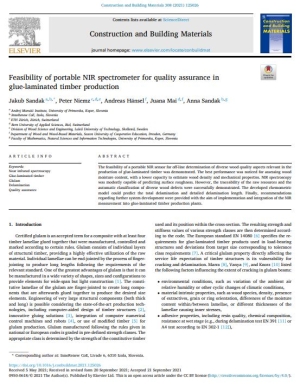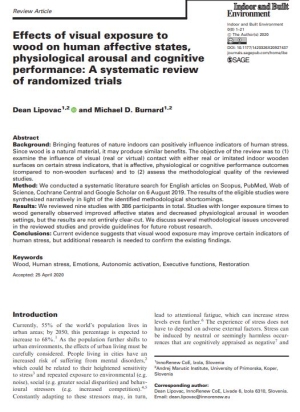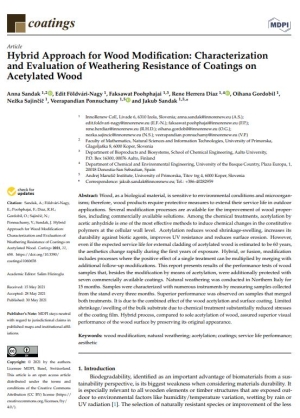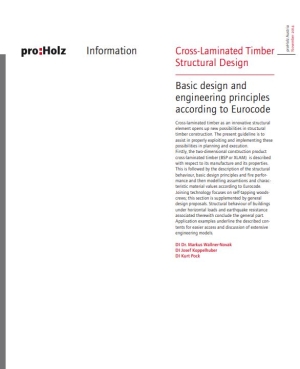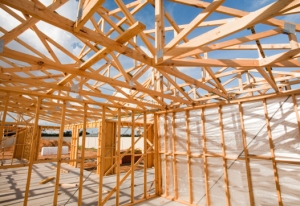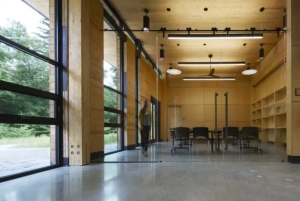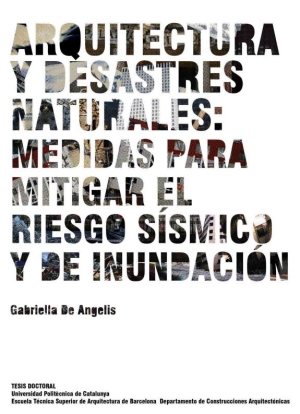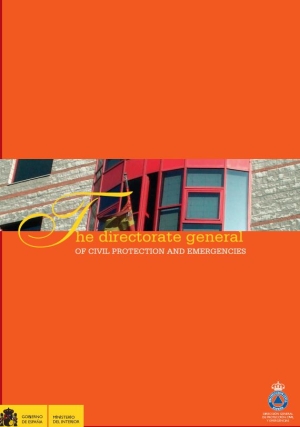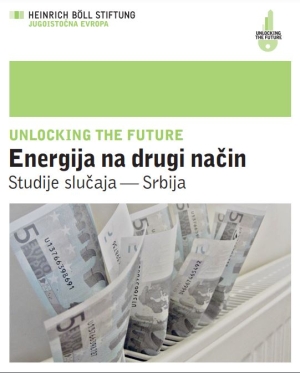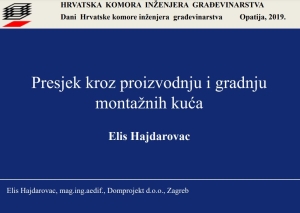Super User
Feasibility of portable NIR spectrometer for quality assurance in glue-laminated timber production
In this article the feasibility of a portable NIR sensor for off-line determination of diverse wood quality aspects relevant in the
production of glue-laminated timber are demonstrated.
Effects of visual exposure to wood on human affective states, physiological arousal and cognitive performance: A systematic review of randomized trials
"Hybrid Approach for Wood Modification: Characterization and Evaluation of Weathering Resistance of Coatings on Acetylated Wood "
Cross-Laminated Timber Structural Design
‘Timber Cities’ Might Help Decarbonize the World
This article presents how using wood for construction could avoid 100 gigatons of CO2 emissions through 2100, but building skylines of timber requires careful forest planning.
10 Reasons To Build With Mass Timber
Arquitectura y desastres naturales: medidas para mitigar el riesgo sísmico y de inundación. Doctoral thesis
The analysis of the concepts of emergency architecture, emergency planning and postdisaster reconstruction aids to understanding the contributions that could be provided by the architecture, the governments, the citizens and the institutions responsible for the disaster management in those situations.
The Directorate General of Civil Protection and Emergencies
This document introduces the activities and services of the Directorate General of Civil Protection and Emergencies in order to define who we are, what goals and future strategies we set, which activities and which quality commitments we have made, faced with these various actors involved in the civil protection system.
"UNLOCKING THE FUTURE Energija na drugi način Studije slučaja—Srbija"
Considering its geographical area, climate and demographic features, wealth of natural resources, as well as the social framework and history of development of the Republic of Serbia, the green economy and green growth are the best paths for increasing the competitiveness of the Serbian economy. A shift of the development paradigm is not possible without changing the manner of producing, importing, transferring, distributing and consuming energy. The case study presenting benefits from building wooden houses highlights a possible solution for the problem of energy-efficient construction by using locally available material. Serbia has a decades-long tradition of wood construction technology.





